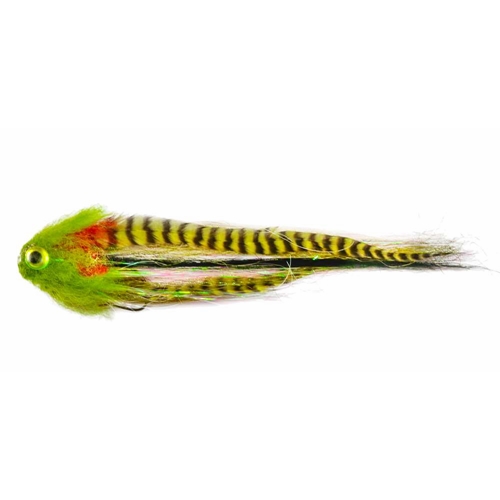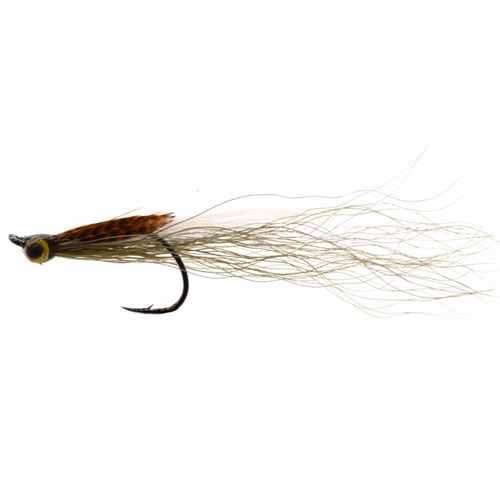In our ongoing series on the history and evolution of fly fishing, we still haven’t reached that particular landmark of fishing as sport, and we hope you will find the ancient history just as interesting as the more recent stuff we’ll bring you.
The ancient river Nile was full of fish. Both fresh and dried fish were a staple food for the Egyptians. The Egyptians invented various tools and methods for fishing; you can seen many of them illustrated in tomb scenes, drawings, and papyrus documents. Simple reed boats were used for fishing. Woven nets, weir baskets made from willow branches, harpoons and hook and line were used to fish with. The hooks typically were between eight millimetres and eighteen centimetres long.
By the 12th dynasty, these were replaced with metal hooks with barbs. As often the case nowadays, the fish were clubbed to death after capture. Among the most important fish were Nile perch, catfish and eels. Some drawings even hint at fishing being pursued as a pastime. While there are numerous references to fishing in ancient literature, the descriptions of nets and fishing-gear not detailed, and tend to be written about in general terms. For example, the book of Job in the Bible says: “Canst thou fill his skin with barbed irons? or his head with fish spears?”.
Representations in Greek culture rarely describe fishing, a mark of its low social status. But examples do exist, such as a wine cup, dating from c. 500 BC showing a boy crouched on a rock with a fishing-rod in one hand and a basket in the other. In the water below him is a round object of the same material with an opening on the top. This has been identified as a fish trap or a cage used for keeping live fish.
You must already be starting to form a picture of the rich history of fishing that pre-dated fly fishing itself, and we do hope you’ll find this more detailed history interesting.



















